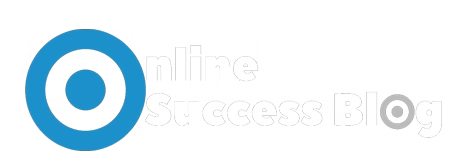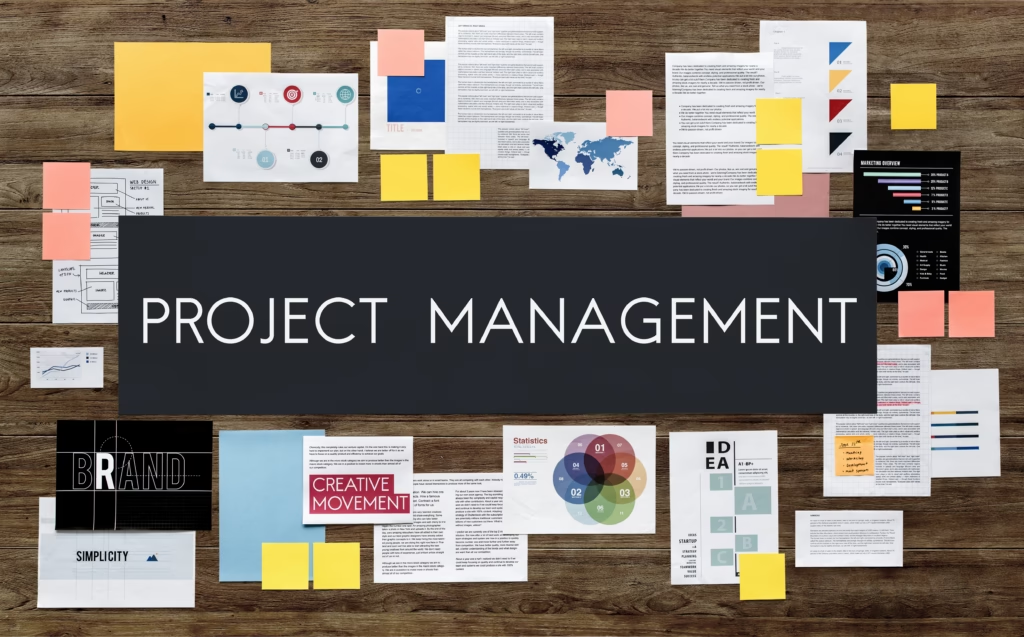Mastering Project Management: A Deep Dive into Asana & Trello
Effective project management sets the foundation for team success. Whether coordinating global campaigns or daily checklists, selecting the right platform is crucial. That’s where this extensive project management software review comes in. We’ll compare two titans, Asana and Trello, side by side, exploring their strengths, pricing, use cases, and how to decide which tool best fits your workflow.
Ready to get started? Let’s dive in.
Table of Contents
1. Why Project Management Software Matters
In today’s fast-paced work environment, having clarity on tasks, timelines, and responsibilities isn’t a luxury; it’s essential. This deep dive highlights why a dedicated platform beats spreadsheets or chat threads for organizing work and scaling teams effectively.
From tracking progress in real time to ensuring accountability, project management apps have become indispensable in every sector. With this project management software review, you’ll understand which tool aligns best with your objectives.
2. Quick Overview: Asana vs Trello
Both tools rank among the most popular best project management tools in 2025, but they cater to different needs:
- Asana: Ideal for structured projects, task dependencies, and complex team workflows.
- Trello: Known for its simple drag-and-drop interface and visual project boards.
Whether you gravitate towards detailed planning or flexible boards, there’s a tool for every style of work.

3. Feature Comparison: Asana vs Trello
Let’s break down their core strengths and limitations:
| Feature | Asana | Trello |
|---|---|---|
| Task Dependencies | Yes | No (requires Power-Ups) |
| Timeline / Gantt | Built-in | Via Power-Ups |
| Custom Fields | Yes | Limited |
| Automation | Rules + Workflows | Butler Bot |
| Views | List, Board, Calendar, Timeline | Boards, Calendar, Dashboard |
| Collaboration | Advanced | Simple |
This breakdown reflects why project managers often choose Asana for cross-functional projects and Trello for quick, smaller-scale workflows.
4. Pricing & ROI
Pricing flexibility can influence your decision:
- Asana: Free basic plan, Premium at $10.99/user/mo, Business at $24.99/user/mo
- Trello: Free tier, Standard at $5/user/mo, Premium at $10/user/mo
Smaller teams often find Trello’s free plan sufficient. Larger teams building advanced workflows may generate real ROI from Asana’s automation and reporting.
5. Use Cases & Team Fit
Which tool suits which scenario?
Marketing & Advertising Teams
Asana delivers campaign planning, launch timelines, and performance tracking. Trello offers editorial boards or asset approval chains.
Software Development & Agile Teams
Trello works well for Kanban-style backlogs, while Asana supports sprint planning and dependency mapping.
Freelancers & Solopreneurs
Asana helps manage client dashboards; Trello enables speedy task organization via boards.
Learn more about the head-to-head evaluation in Asana vs. Trello: Which Tool is Right for Your Team?
6. Tips for Mastering Asana
- Use task dependencies and timeline view to visualize workflow
- Set up template projects for recurring tasks
- Link Asana Goals to projects for strategic alignment
- Integrate Slack to track task updates in real time
- Use custom fields to track budgets and statuses
7. Tips for Trello Boards
- Create stage-based lists (To Do, Doing, Done)
- Attach checklists to cards for subtasks
- Use color-coded labels for priority and ownership
- Apply Butler Bot to automate movement and reminders
- Add Power-Ups like Calendar, Card Repeater, and Voting
8. Automations & Integrations
Automating workflow saves time and boosts consistency.
In Asana
Automate task assignments, form submissions, and Slack updates using Asana Rules. Create complex flows based on triggers like “task completed” or “moving to a section.”
In Trello
Butler Bot enables card automation to move cards automatically, add due dates, or generate reports. Plugins like Zapier help expand Trello’s reach.
Explore automation best practices in Automating Tasks in Project Management Software: Tips & Tricks
9. Common Mistakes
- Not involving your team in tool selection
- Trying to replicate outdated processes instead of adapting workflows
- Neglecting onboarding and training time
- Using one tool for everything instead of integrating others
- Failing to regularly audit project progress and adjust settings
10. Frequently Asked Questions (FAQs)
Q1: Which tool is better for remote teams?
Both excel remotely. Trello is lightweight and collaborative; Asana is robust for large or multi-layered projects.
Q2: Can I switch from Trello to Asana or vice versa?
Yes. Simple imports exist. Tools like Unito help sync boards and tasks between platforms.
Q3: Do either tool support Agile frameworks?
Trello is ideal for Kanban, while Asana supports sprints and Gantt-style timelines.
Q4: Which one has better mobile apps?
Both offer excellent apps, with Trello slightly more streamlined for quick mobile updates.
Q5: Is a free plan enough?
For simple tasks and small teams, yes. Asana’s free plan suits basic use cases; Trello’s free tier is also generous.
11. Conclusion
Choosing between Asana and Trello depends on your team’s complexity, project scope, and preference for structure or flexibility. This ultimate project management software review has given you the insights, comparisons, and guidance needed to make an informed decision. Whichever you choose, both tools are capable of transforming how your team organizes and executes projects.
Set up a free trial, involve your team in testing, and align workflows to your goals. Mastering one tool well will be more powerful than fragmenting across several less effectively.


